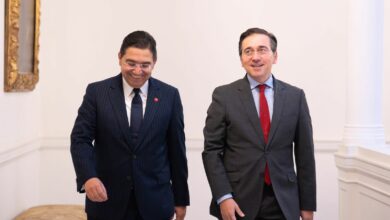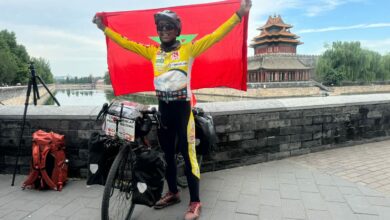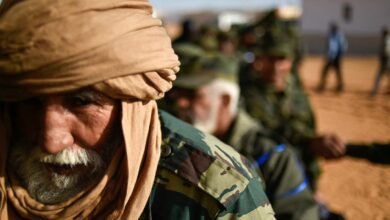POLITICSWORLD NEWS
Russia–Iran–Algeria: Secret Arms Deals and a New Military Triangle That Alarms the West
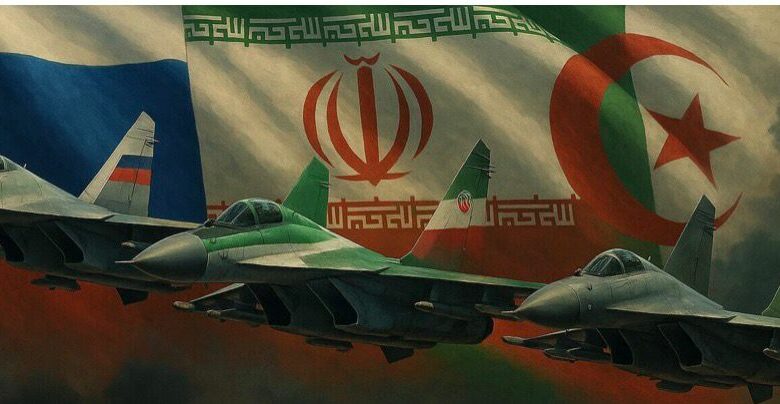
By Meryem Hafiani – ALDAR
New leaks published by Russian opposition websites have shed light on a growing military alliance between Russia, Iran, and Algeria — an emerging axis that is raising deep concern in Western capitals due to its potential to reshape the balance of power from the Middle East to North Africa.
According to the Italian magazine Panorama, confidential documents from the Russian defense giant Rostec — obtained by the opposition website The Insider through the hacker group Black Mirror — reveal secret arms deals involving the sale of fighter jets and advanced electronic systems to Iran and Algeria, worth hundreds of millions of dollars.
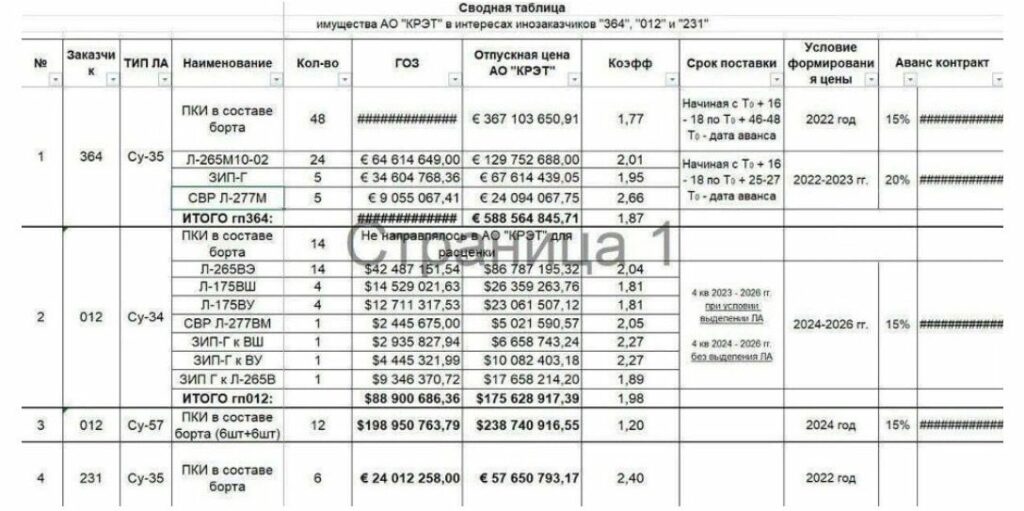
The leaks, which include more than 300 classified documents, detail both the financial and technical aspects of Russian arms exports to countries under Western sanctions. After being analyzed by the defense-focused outlet Army Recognition, client code 364 was identified as Iran, which reportedly signed a contract with Moscow to acquire 48 Sukhoi-35 fighter jets equipped with sophisticated electronic warfare systems, for a total value of around $635 million. The deliveries are expected by 2028, with an initial payment of 15%.
Another client code, 012, was linked to Algeria, and involves two separate contracts:
•The first, worth $176 million, concerns the installation of electronic warfare systems on Sukhoi-34 aircraft.
•The second, valued at $239 million, covers the purchase of complete avionics systems for Sukhoi-57 jets — fifth-generation fighters considered among Russia’s most advanced.
Although neither Moscow nor the two countries have officially confirmed these transactions, the information aligns with Russia’s broader strategy to expand its military exports to non-Western allies and strengthen defense cooperation with states sharing its opposition to Western sanctions.
In 2023, Iran officially announced an agreement to purchase Sukhoi-35 jets, describing them as “technically compatible with the needs of its air force.” This partnership reflects a mutual exchange of interests: Tehran supplied Moscow with hundreds of Shahed-136 attack drones used in the war in Ukraine, in return for advanced technologies and direct military support from Russia.
As for Algeria, available data indicates its intent to consolidate air superiority in North Africa. Acquiring Sukhoi-57 jets would make it the first African country to possess fifth-generation fighters — a move that would strengthen its military advantage over Morocco, its historical rival. This development has raised concerns in Rabat, which perceives it as a direct threat to regional deterrence, especially amid the ongoing dispute over the Moroccan Sahara.
Western sources suggest that Morocco is considering a countermeasure through negotiations to acquire U.S.-made F-35 fighters under a strategic agreement with Washington, designed to offset Algeria’s growing air power — though no official announcement has yet been made.
On a broader level, Panorama argues that the Russia–Iran–Algeria triangle represents more than just ad hoc cooperation: it could mark the formation of a strategic alliance built on defense and technological exchange, aimed at circumventing Western sanctions and creating an alternative geopolitical axis that challenges the U.S.- and NATO-led security order.
This trend has sparked serious concern in the West, as it is seen as part of Moscow’s attempt to expand its military and economic influence beyond Europe — particularly in the Mediterranean and African regions — at a time when Washington and Brussels are striving to contain Russia’s reach and prevent the emergence of a bloc of “non-aligned” states that could weaken the effectiveness of existing sanctions.
In Israel, security officials have expressed fears that Iran’s acquisition of modern fighter jets could change the rules of the game in the Middle East, as such aircraft could operate across a range extending to the Eastern Mediterranean.
Ultimately, the Italian report concludes that this “new military triangle” linking Moscow, Tehran, and Algiers may not be a temporary alignment, but rather the foundation of a long-term strategic partnership — one capable of reshaping the balance of power across the Middle East and North Africa, while presenting the West with a new geopolitical challenge in the post-Ukraine era.

